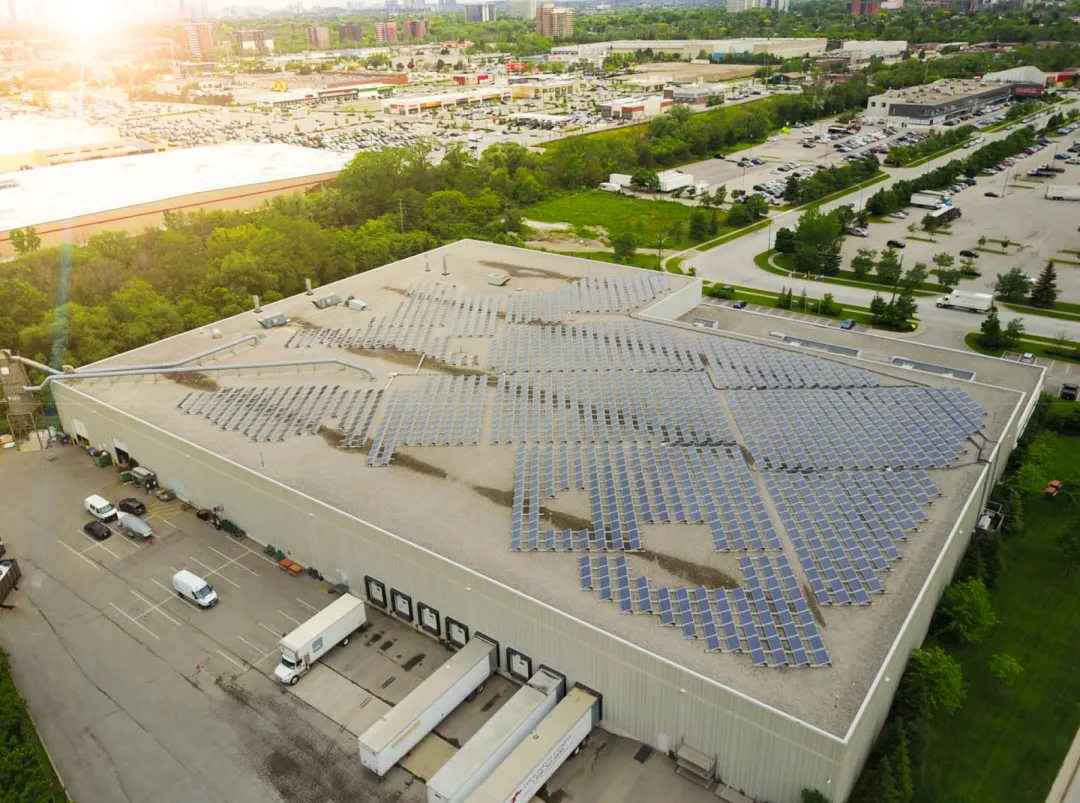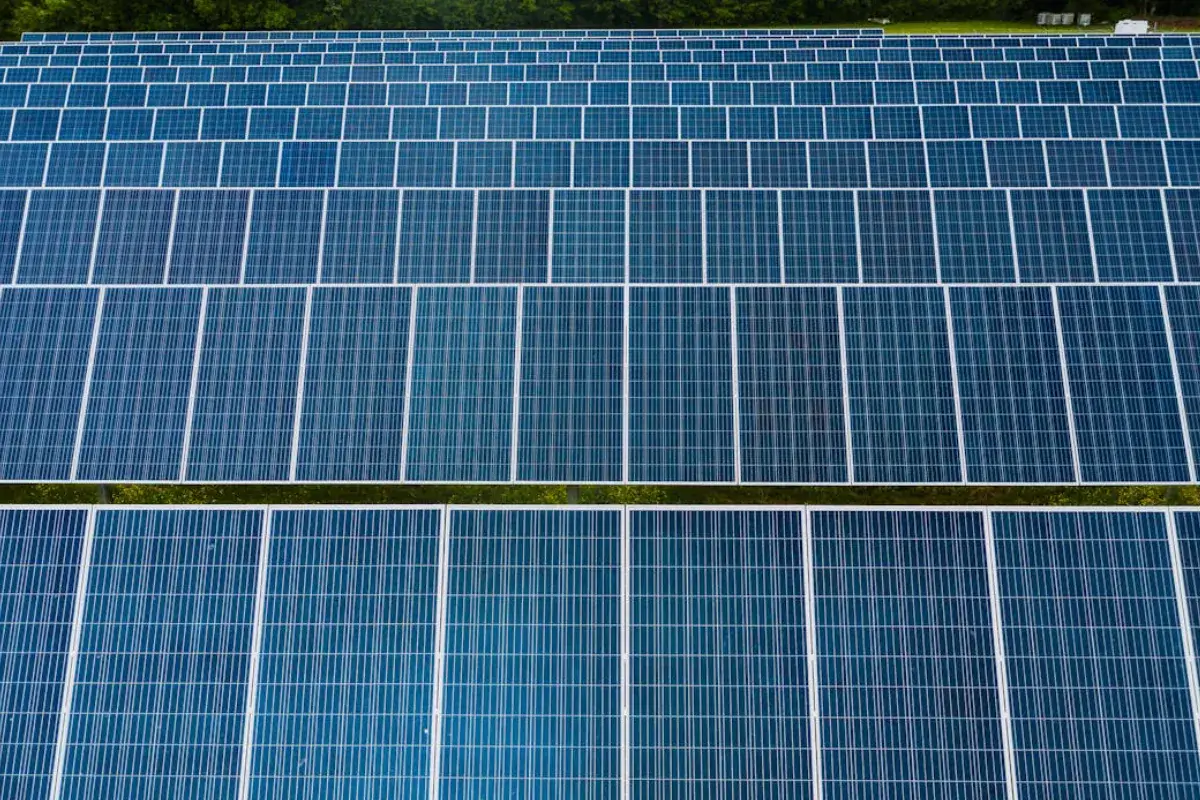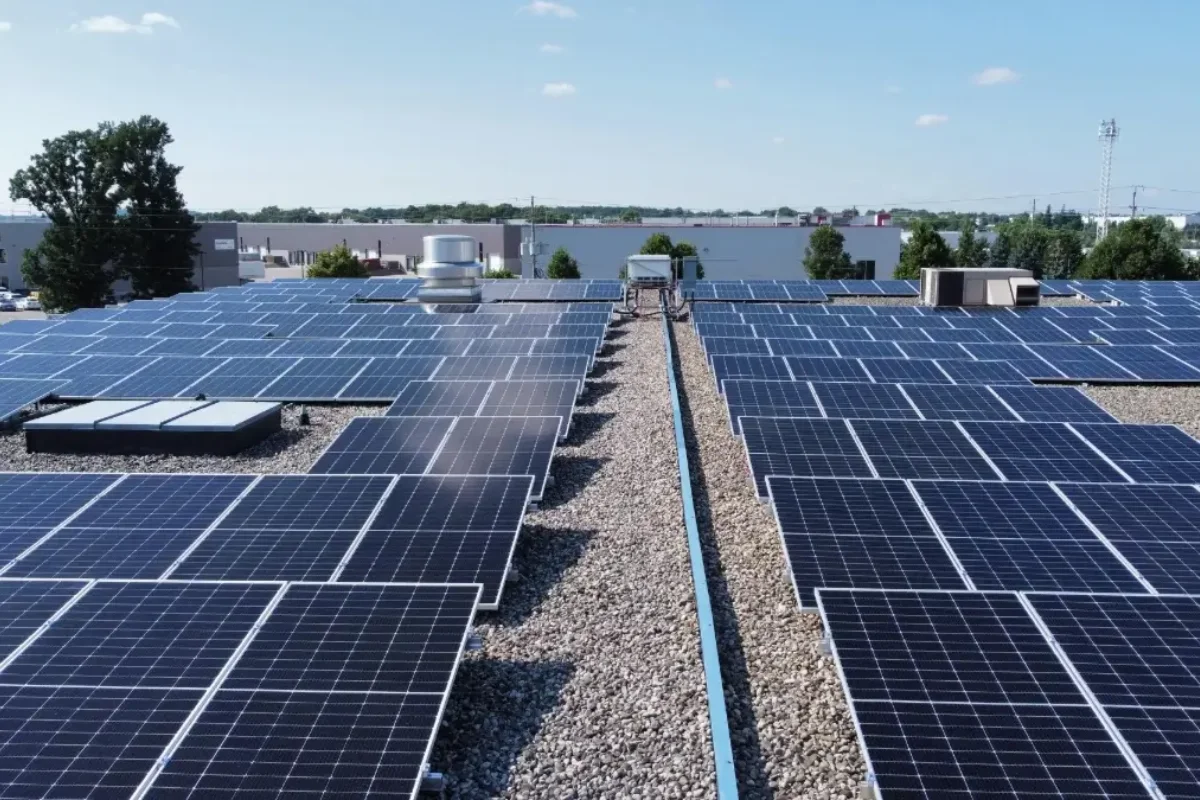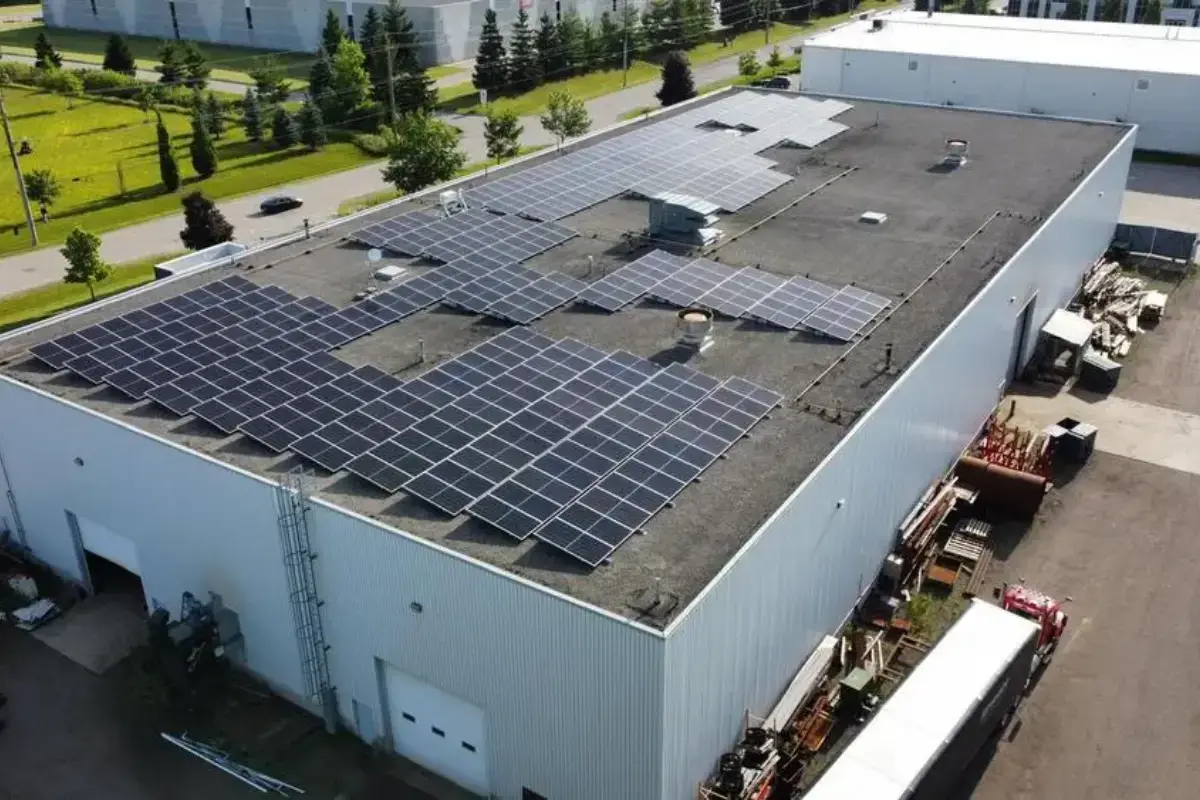Canadian investors in the renewable energy marketplace are rightly scratching their heads about how the US government’s reciprocal tariffs could impact Canada’s solar energy industry.
The biggest threat to the Canadian solar industry from the imposition of US tariffs would be a decrease in domestic demand caused by a recession and the postponement of investment decisions by Canadian business.
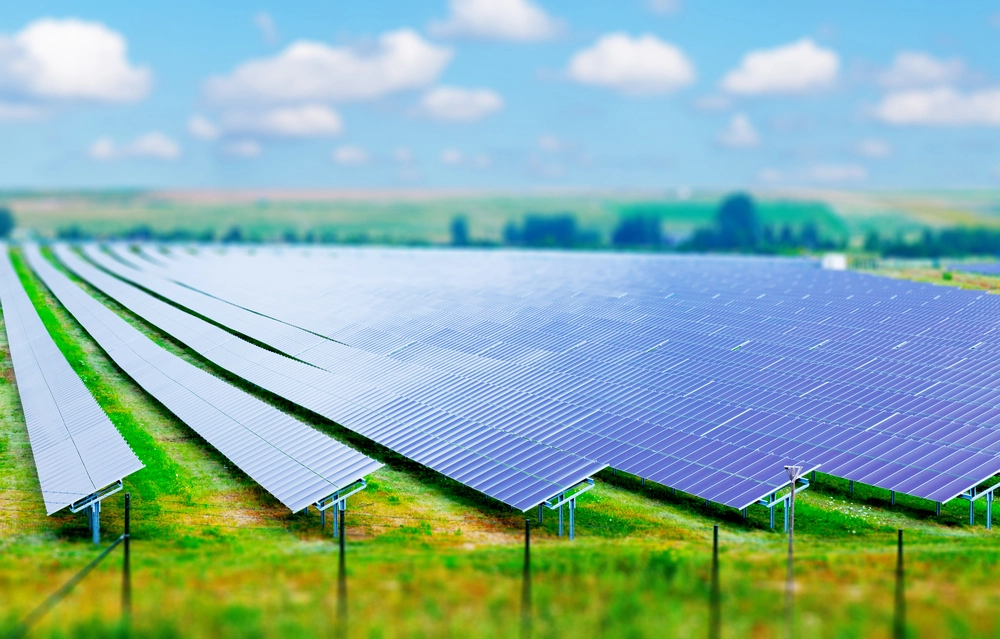
But we believe the Canadian solar industry, with the exception of solar panel manufacturers, is largely insulated in multiple ways from this new political threat.
- Significant financial and tax incentives in Canada, including Investment Tax Credits and various provincial incentives, have made solar PV an attractive way to hedge future electricity price increases. Domestic policy supports are already in place.
- Most solar energy equipment sold in Canada is NOT made in the USA, and thus not vulnerable to Canadian counter-tariffs.
- Most solar energy equipment sold in Canada is made in Asia. While China IS the source of most solar PV silicon cells, globally integrated supply chains have developed to insulate the Canadian industry from anti-China tariff shocks. Solar panels sold in Canada are manufactured in Thailand, Malaysia and Vietnam.
- Canada has a small domestic solar manufacturing base. There are three solar panel manufacturers producing modules in Canada, and 75% of Canadian domestic module production has historically been exported to the United States. Canadian module manufacturers do face a threat from US tariffs, but they have been moving production into the United States in previous years, and this trend will simply accelerate.
- Canada will not tariff itself out of the solar energy equipment it needs. A smart policy response to US tariffs would be the development of a tariff-free regime between Canada and the east Asian countries where solar panels are manufactured. The Toronto Star’s business editor, David Olive, has recommended that Canada go so far as to end its tariffs against China.
- Canadian commercial electrical voltages are different than the US. Canada uses 600V AC in most commercial sites, whereas the USA uses 480V. This voltage difference means that Canada has its own domestic supply chain for 600V electrical equipment, and is not dependent upon US suppliers. Where US made components are used, they are compliant with CUSMA, and thus not subject to tariffs.
- Canada DOES however import electrical cable from the USA. These however constitute a small % of the cost of a solar project, and so a 25% tariff on these products, while unwelcome, is not going to fundamentally change the economics of solar projects.
- The other major component – solar racking (the aluminum and steel support frame that the solar modules are attached to) is made in Canada.

Alectric Renewables is an example of a Canadian firm which has succeeded in both the United States and Ontario solar PV markets.
In other words, although the political winds are blowing strongly, they’re not going to blow the solar house down. Canada’s solar industry is resilient.
Since 2015, Alectric Renewables has grown into one of the top solar developers across Ontario, Canada and the USA, giving us a unique perspective into what the new US tariffs will mean for large scale solar installations across Canada.
Alan Morrisey
CEO
Alectric Renewables

